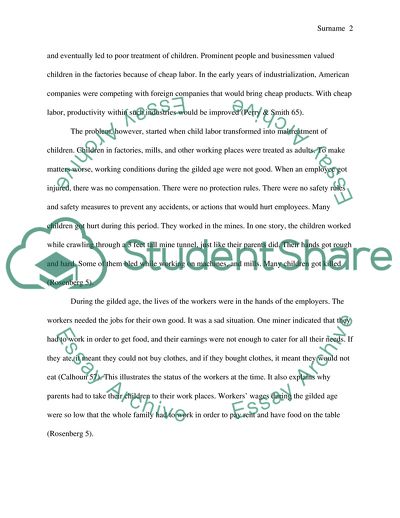Cite this document
(The Problem of the Child Labor Essay Example | Topics and Well Written Essays - 1250 words, n.d.)
The Problem of the Child Labor Essay Example | Topics and Well Written Essays - 1250 words. https://studentshare.org/sociology/1828552-child-labor
The Problem of the Child Labor Essay Example | Topics and Well Written Essays - 1250 words. https://studentshare.org/sociology/1828552-child-labor
(The Problem of the Child Labor Essay Example | Topics and Well Written Essays - 1250 Words)
The Problem of the Child Labor Essay Example | Topics and Well Written Essays - 1250 Words. https://studentshare.org/sociology/1828552-child-labor.
The Problem of the Child Labor Essay Example | Topics and Well Written Essays - 1250 Words. https://studentshare.org/sociology/1828552-child-labor.
“The Problem of the Child Labor Essay Example | Topics and Well Written Essays - 1250 Words”. https://studentshare.org/sociology/1828552-child-labor.


